What is the Difference Between Blinds and Drapes?
TLDR;
Blinds are hard window coverings made of slats that tilt for precise light control, while drapes are fabric panels that add softness, insulation, and style. Blinds are practical, durable, and easy to clean, while drapes provide elegance, energy efficiency, and stronger sound control. The right choice depends on your priorities, but many homeowners use both together for balance.
Why Knowing the Difference Between Blinds and Drapes Matters
Blinds and drapes are two of the most popular window treatments, yet they serve very different functions. Choosing the right one affects privacy, light control, energy use, and the overall look of your home. Simply Windows works with homeowners and businesses every day to evaluate these differences and create window solutions that match style, budget, and lifestyle.
What Are Blinds?
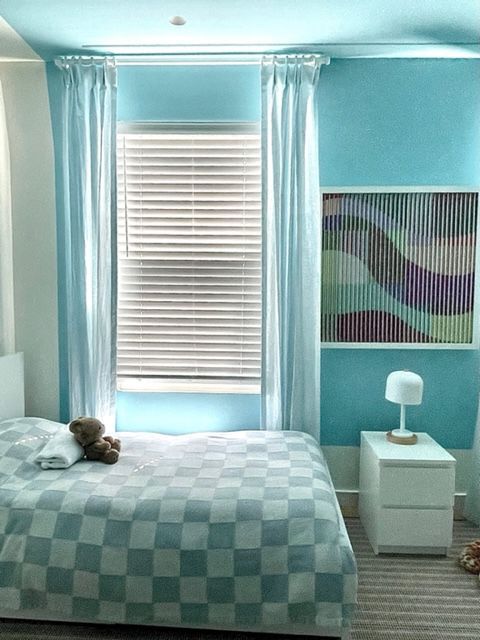
Blinds are hard window coverings made from materials like wood, faux wood, aluminum, or vinyl. They use horizontal or vertical slats that tilt and raise or lower to control light and privacy.
Types of Blinds
- Horizontal blinds: often used for standard windows.
- Vertical blinds: common for sliding glass doors and large windows.
- Faux wood blinds: durable and resistant to moisture.
- Aluminum blinds: lightweight and budget friendly.
- Motorized blinds: remote or app-controlled for modern convenience.
- Cordless blinds: safer for children and pets.
Key Features of Blinds
- Slats tilt to fine-tune light levels.
- Provide a sleek, modern appearance.
- Easier to clean than fabric.
- Best for high-traffic or high-moisture areas like kitchens and bathrooms.
Limitations of Blinds
- Less insulation compared to fabric coverings.
- Can appear plain without layering.
- Moving parts may wear with frequent use.
What Are Drapes?
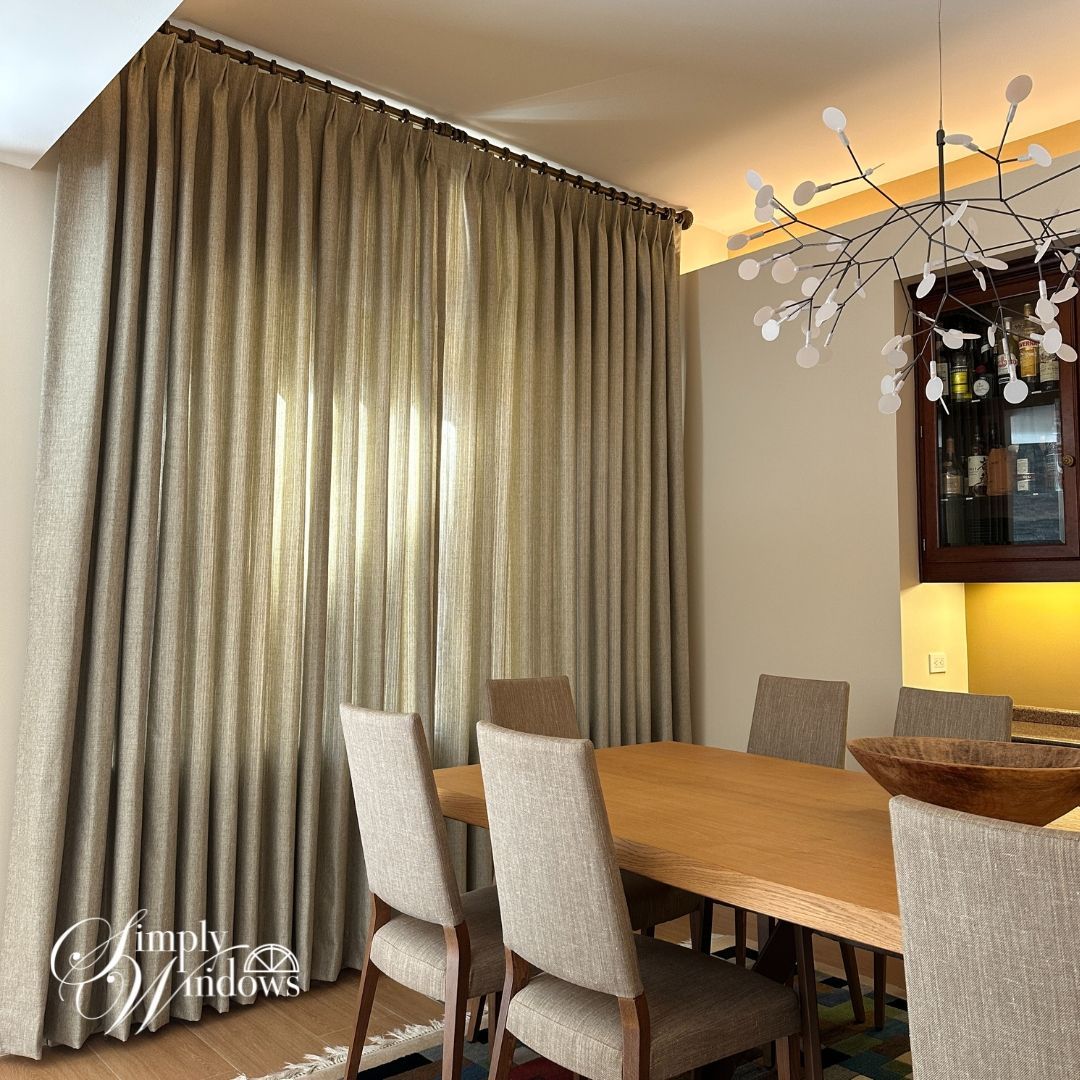
Drapes are fabric panels that hang from a rod above the window. They are often lined, pleated, or layered to provide style and function. Drapes range from casual to highly formal, depending on fabric and finish.
Styles of Drapes
- Pleated drapes: structured and formal.
- Grommet drapes: modern with metal-ring accents.
- Pinch pleat: classic and timeless.
- Sheer drapes: filter light softly.
- Blackout drapes: lined to block nearly all light.
Fabric Options
- Heavy fabrics like velvet for luxury and insulation.
- Lightweight fabrics like linen or cotton for casual spaces.
- Blended fabrics for balance of durability and affordability.
Advantages of Drapes
- Provide superior insulation and sound absorption.
- Add softness and elegance to a room.
- Available in endless patterns, textures, and colors.
- Create a dramatic visual impact.
Limitations of Drapes
- Require dry cleaning or delicate washing.
- Take up more wall space.
- More expensive when custom-made.
Blinds vs Drapes: Key Differences
Light Control and Privacy
- Blinds: adjustable slats allow precise control of sunlight.
- Drapes: rely on opening or closing panels, though blackout options give total darkness.
Insulation and Energy Efficiency
- Blinds: offer some energy savings but limited insulation.
- Drapes: heavy, lined fabrics provide better thermal control and noise reduction.
Aesthetic and Decor Flexibility
- Blinds: minimalist and modern, complement sleek designs.
- Drapes: statement pieces that add warmth, texture, and depth.
Cost and Installation
- Blinds: lower initial cost, easier to install.
- Drapes: higher upfront investment, especially custom designs.
Maintenance and Longevity
- Blinds: simple to dust or wipe clean.
- Drapes: require fabric care and more frequent replacement if exposed to sun fading.
Suitability by Room
- Blinds: practical in kitchens, bathrooms, offices.
- Drapes: ideal in living rooms, bedrooms, or formal spaces.
When to Choose Blinds, Drapes, or Both
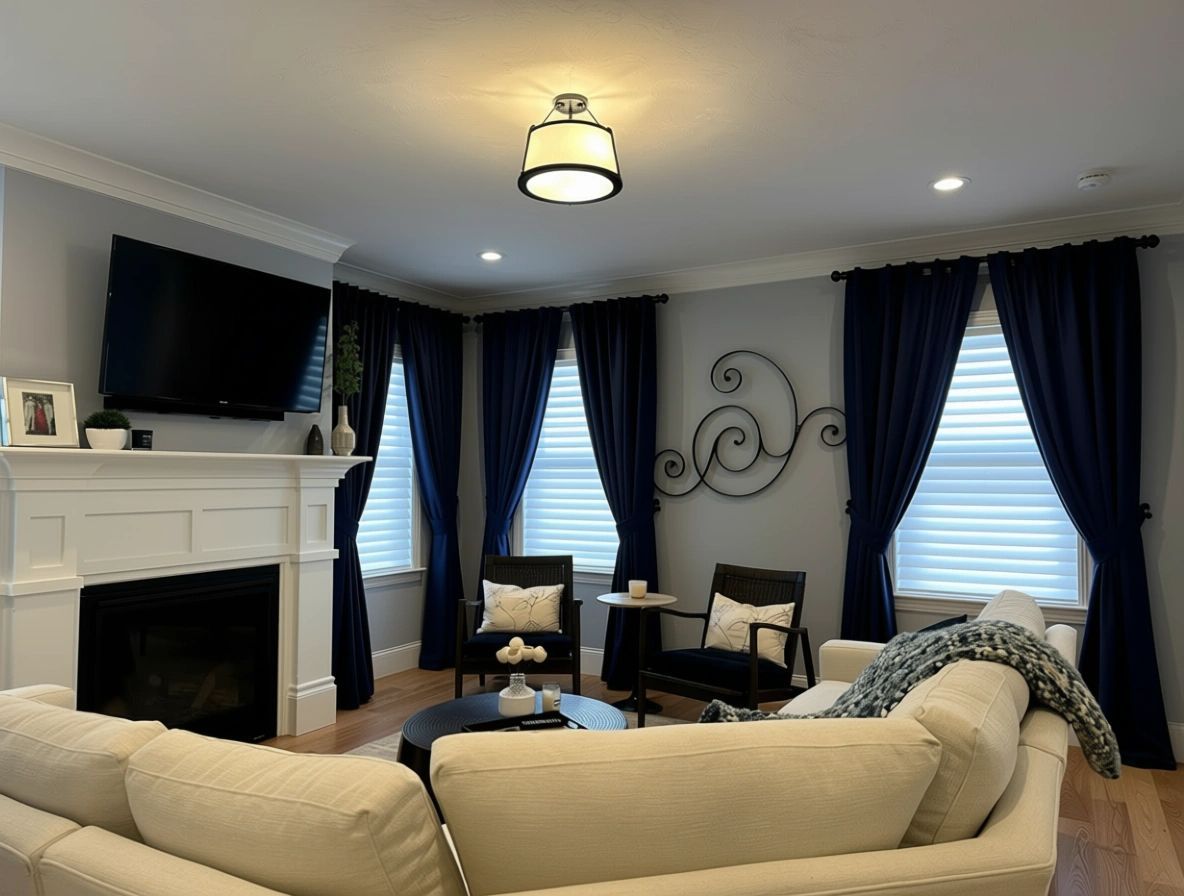
Choose Blinds If
- You want precise light control.
- You prefer a modern look.
- You need something easy to maintain.
- You are working within a smaller budget.
Choose Drapes If
- You want elegance and softness.
- You need insulation in cold climates.
- You want better sound absorption.
- You prefer total blackout options.
Using Blinds and Drapes Together
Layering blinds and drapes is a strategy Simply Windows often recommends.
- Pair Venetian blinds with sheer drapes for day and night versatility.
- Add blackout drapes over blinds for bedrooms.
- Use complementary colors and textures to match the room’s design.
- Modern motorized systems let both operate on schedules for convenience.
Cost and Long-Term Value
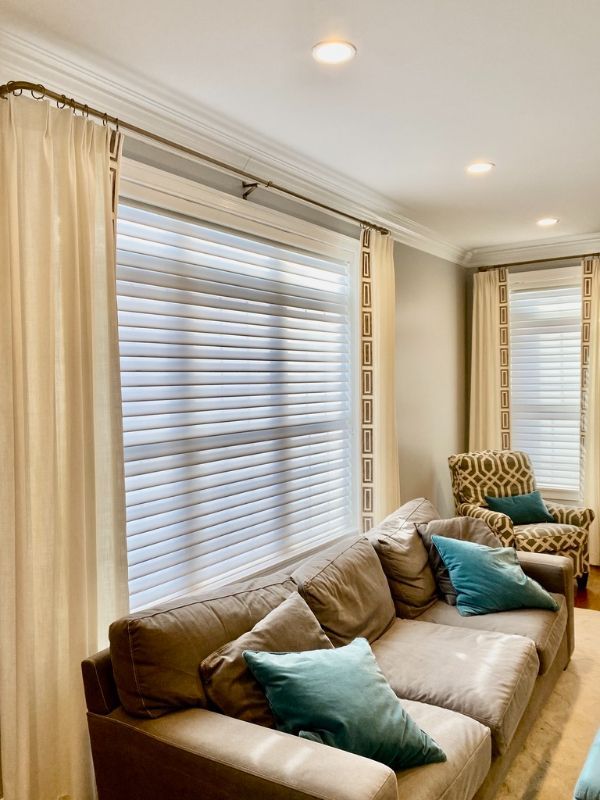
The value of blinds and drapes extends beyond the purchase price.
- Blinds are more durable in daily use, especially in households with pets and children.
- Drapes provide long-term savings on heating and cooling when lined or insulated.
- Layering increases both upfront cost and long-term comfort.
Practical Tips for Choosing
- Measure windows precisely before purchasing.
- Consider how each room is used.
- Decide on blackout, partial light, or filtered light needs.
- Think about maintenance: blinds wipe clean, drapes need washing.
- Match hardware, rods, and finishes to the style of your space.
- Plan layering ahead if combining treatments.
Frequently Asked Questions
Which lasts longer: blinds or drapes?
Blinds typically last longer because of durable materials, while drapes may fade or wear over time.
Are drapes more expensive than blinds?
Yes, especially custom or lined drapes, though they add greater design impact.
Can blinds block light like drapes?
Not completely. Blinds filter and tilt light, but blackout drapes block it entirely.
Is it okay to use blinds and drapes together?
Yes, and many homeowners prefer this layered approach for both function and style.
What is better for energy efficiency: blinds or drapes?
Drapes, especially lined or thermal ones, insulate better than blinds.
How do you clean drapes vs blinds?
Blinds wipe with a cloth or duster. Drapes need vacuuming, steaming, or professional cleaning.
Smart and Motorized Options
Technology has changed window treatments. Both blinds and drapes are now available with motorized systems.
- Operate via remote, smartphone, or voice assistant.
- Program schedules for privacy and energy savings.
- Useful for tall windows or hard-to-reach spaces.
Environmental and Sustainability Considerations
Consumers today want eco-friendly options.
- Blinds made of recycled aluminum or sustainable wood.
- Drapes made from organic fabrics like cotton or linen.
- Both can reduce energy waste when chosen carefully.
Regional Considerations for New England Homes
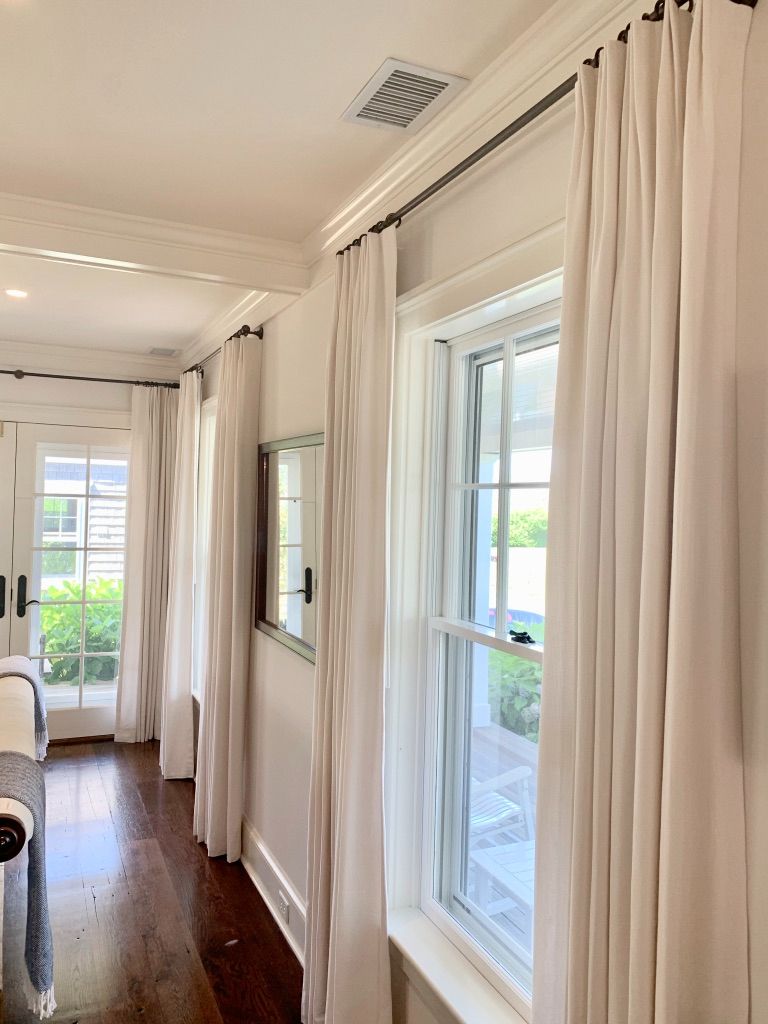
Simply Windows often works with clients in Massachusetts where climate matters.
- Winters demand insulation, making drapes practical.
- Summers bring long daylight hours, making blinds effective for light control.
- Combining both treatments is common in this region for year-round comfort.
Recommendations for Homeowners
The choice between blinds and drapes depends on your priorities.
- Select blinds if you want precision, durability, and easy care.
- Select drapes if you want insulation, style, and softer finishes.
- Combine both for maximum comfort and flexibility.
Simply Windows advises homeowners to review their lifestyle, room function, and design vision before deciding. By understanding the difference between blinds and drapes, you ensure your investment brings both function and beauty to your space.

